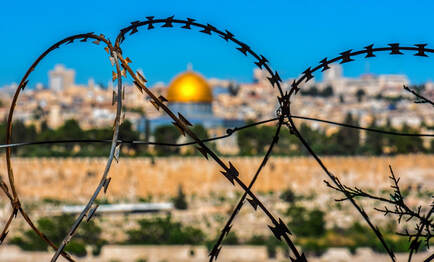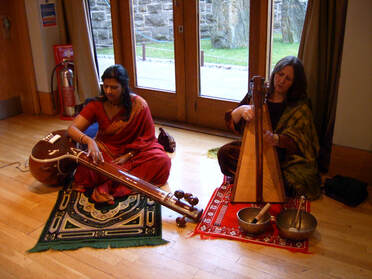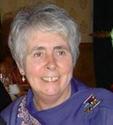
For Jews it is the land that God gave them and offered them a place of safety after the Holocaust and hundreds of years of antisemitism in Christian Europe. For Christianity it is the land where Jesus was born, lived, preached, died and rose again. For Islam it is the place where Mohammed undertook his night journey from Mecca to Jerusalem and then ascended through the seven heavens to encounter the various prophets and meet God face to face. For Bahai’s it is the land where the three central figures of their faith, the Bab, Baha’u’llah, and Abdu’l-Baha are buried and where the Baha’i’s global spiritual and administrative centre is to be found.
For all four faiths it’s a place of pilgrimage and many believers have an investment in and concern for this part of the world that’s not always recognised. I’ve often heard Jews question why people seem to be more interested and critical of Israel than any other area of conflict, even suggesting such interest could in fact be antisemitic. I’ve also been in a situation at a Council of Christians and Jews where someone from the Jewish community was disturbed that we Christians might think of Israel as our Holy Land while Jews obviously think of it as theirs.
This is a challenge and often the elephant in the room during dialogues between followers of the four faiths who see themselves as descendants of Abraham, which in fact makes them brothers and sisters. However, while we all agree that Abraham is our father, and hold that the land is holy there is much not to agree on. For Muslims, the Al-Aqsa Mosque is the spot from which Mohammed travelled to the highest heaven during his night journey and received the revelation of the Qur’an. The Mosque is the third holiest site in Islam and the one to which the early Muslim community turned when praying until God directed them to pray in the direction of the Kaaba in Mecca instead. Towards the end of Ramadan this journey of the Prophet is celebrated as the Night of Power and devout Muslims will spend the whole night in prayer and recitation of the Qur’an.
The Mosque is built on the Temple Mount and, within the shrine of the Dome of the Rock beside the Al-Aqsa Mosque, lies the place where Abraham was sent to sacrifice his son Isaac and the site of the First and Second Jewish Temple including the Holy of Holies, the most sacred site in Judaism. This was the innermost and most sacred area of the Temple, accessible only to the High Priest who once a year, on the Day of Atonement, was permitted to enter the sanctuary to offer sacrifice to atone for his own sins and those of the priesthood. Within the Holy of Holies was kept the Ark of the Covenant, a symbol of Israel’s special relationship with God. And for many orthodox Jews it is the place where the third and final Temple will be built when the Messiah comes. So sacred is this place that many Jews will not walk on the Mount itself in case they unintentionally enter the area where the Holy of Holies stood, since according to rabbinical law, there is still some aspect of the divine presence at the site. What is left to Jews is what remains of the Western wall of the Temple which for them is a place of pilgrimage and prayer.
So, here we have, in a land troubled by concerns about nationhood and land boundaries, a holy site which is claimed by both Judaism and Islam. It’s one of the most contested religious sites in the world and a focal point for the Israeli – Arab conflict as we have seen in this most recent war. It’s not the cause of the conflict, which is much more political than directly religious, but it does reflect a little bit the different loyalties, narratives, histories, allegiances that come in to play when reflecting on Israel-Palestine - loyalties, narratives, histories and allegiances that can affect relations here in Scotland. Most attempts to speak about the situation leads to polarisation, a desire of both Israelis and Palestinians to tell their story, believing very often that the ‘other’ side’s story is heard more than theirs. I’ve stopped listening to these stories unless balanced by the story of the ‘other’ side.
Perhaps what we need is for those of us who call this land holy to reflect with one another on what that means, to feel together the pain of division, to recognise together the right of all to justice and statehood and above all pray together for a peace which shows that it is not ownership or even history that makes a place holy but a recognition of a common humanity under God that recognises all others as our sisters and and brothers.



 RSS Feed
RSS Feed
